The medical industry has been changing rapidly over the past decade with new technological
advancements like telemedicine, mHealth, electronic health records (EHR), and more. These changes
have improved efficiency, saved time for physicians and patients alike while also increasing patient
satisfaction rates.
Cloud computing offers flexibility, scalability, security, reliability, and accessibility, all of
which are essential characteristics for successful business operations. Cloud platforms enable
medical businesses to streamline internal processes and integrate external data.
At the same time, they protect against downtime and unauthorized access to your clinical
information. Online file storage systems like iCloud are now more integrated platforms than ever,
allowing doctors and patients sync and view photos, calendars, contacts, and notebooks.
Software systems have become increasingly popular among hospitals as well as private practices due
to its ability to organize information from multiple sources into one central location.
They can even store all of a provider's notes together, so they aren't lost between visits. Having
this data available at once makes it easier for you to access the right information when treating
different types of conditions or illnesses.
Additionally, many database systems allow users to easily search through large amounts of data using
natural language queries. For instance, if someone enters “I am having pain somewhere in my chest,”
then the system would return results related to those symptoms instead of just returning everything
it could find.
Clinical software companies recognize this trend towards digitizing documentation and are now
creating platforms designed specifically to bridge the gap between medical professionals and
patients. However, despite being convenient, secure, and efficient, software-based filing systems
don’t always work as intended because of human error. Sometimes mistakes happen, which may result in
somewhat inaccurate diagnoses or missed opportunities for improvement.
That’s where third-party audits play a critical role—ensuring accurate information is shared quickly
and efficiently throughout the organization. Audits are becoming increasingly common in industries
ranging from accounting to manufacturing but haven’t yet made their way into medicine until
recently.
By auditing database software, organizations can ensure accuracy while reducing errors in billing or
erroneous prescriptions. This in turn results in bridging the gap between doctors and their
patients.
Telehealth services offer another avenue for bettering customer experience. When used properly,
these solutions give doctors and nurses remote locations to perform physical examinations, tests,
consultations, and treatments.
The most advanced technologies include live video calls and 2D/3D maps to show what a specific
injury looks like vs healthy tissues and organs. Patients who use these services typically don’t
require scheduling physical appointments because the process happens virtually via Skype, Google
Hangouts, FaceTime, or Zoom.
While telehealth may seem impersonal to some, studies have shown that patients still receive high
levels of comfort during virtual visits compared to traditional office encounters. Furthermore,
telehealth reduces wait times and overall expenses for insurance plans.
When something goes wrong during surgery, emergency room visit, or any similar clinical situation,
it’s frustrating and stressful to get updates on how things have turned out afterwards. Fortunately,
modern technology allows hospitals and clinics to send automated notifications whenever anything
unusual occurs.
If you've visited a hospital before, chances are good that you've seen these popups appear on your
computer screen asking whether you want to review the event that occurred.
But this isn't necessarily limited to alerting people directly after events occur. Many digital
devices utilize smart alerts, almost like a form of “conditional formatting,” that change color
based on certain criteria. So, say your patient is walking down the street and notices that their
phone begins vibrating with each step because they’ve reached 10,000 steps per day. They can set the
app to display a certain color of text every time they reach that goal, along with a congratulatory
message.
In a similar vein, because these messages are sent automatically, your patients won’t miss out on
any important updates from you even if they don’t unlock their device’s screen immediately.
In addition to emails, smartphone apps involving the use of barcode scanners can also aid in
communication between patients and doctors. One of the latest trends includes mobile barcode
scanning. Barcodes contain extremely small lines of code that act as unique identifiers. A scanner
scans these codes by shining light onto the object and detecting reflected signals.
Once recognized, the patient can receive pertinent information and can navigate to the proper
website. Using barcodes gives patients greater control over their own personal information and frees
up time for you, as a healthcare professional, to concentrate on more pressing matters.
Aside from saving time, barcodes have several additional advantages. First, they prevent
misidentification of patients. Second, they eliminate the risk of losing patient charts or
forgetting vital information. Thirdly, they can link patients to their online profiles containing
sensitive health information.
And finally, they save space in the waiting room/holding areas by eliminating the need for extra
forms or folders. Currently, there are two main options for implementing this technology: QR Codes
or NFC tags. Both methods rely on readers that convert images into readable text; however, NFC
requires special hardware, whereas QR Code works with any standard cell phone camera.
One of the biggest challenges facing physicians today is keeping track of numerous patient records.
EHR software can help alleviate this issue by organizing information—that simply cannot be lost or
mishandled in ways that paper charts can.
Nonetheless, even though EHR platforms continue to grow in popularity, paper-based recordkeeping
remains commonplace. Due to its simplicity and low cost, maintaining old-school patient charts
provides an excellent opportunity for savings.
It doesn't take long for outdated charts to fall victim to water damage, theft, or fire. To combat
this problem, many institutions are transitioning away from handwritten documents altogether and
choosing to invest in robust EHR solutions.
EHR software can help increase a physician’s productivity by allowing them to spend less time with
hardcopy paperwork and instead focus their attention on providing care. This means that you can see
your patients sooner after an appointment, which in turn is advantageous for both parties. With
mobile app technology, there's no reason why your patients should ever feel neglected or unimportant
when it comes to receiving quality medical care.
Another benefit of EHR programs is that they make it easy to share documents across departments
without wasting valuable staff hours manually copying and sending files back and forth. They also
reduce costs since fewer employees are needed to handle paper copies and filing cabinets. Lastly,
EHR software often come equipped with features such as checklists for procedures and reminders for
follow-ups and appointments, thereby making sure all parties involved in your patients’ care stay
accountable.
Smartphone apps let us stay connected anywhere and everywhere, and this is true for healthcare too.
Today's mobile apps can connect patients to specialists who answer questions nonstop. Instead of
spending money on expensive equipment, you can simply send relevant content to your patients’
inboxes. Some examples of useful email topics include helpful articles, expert tips, news stories,
and general clinic announcements.
As a doctor, you can also incorporate short videos showing patients exactly what they'll expect
after undergoing various procedures or recovering from illness. That said, smartphone applications
(apps) have revolutionized how physicians communicate with their patients.
Doctors can use such apps to create custom portals explaining complex medical concepts and
procedures. Apps are particularly beneficial for busy physicians who struggle to remember details
themselves.
Medical apps are a big part of modern medicine, making life easier for doctors. But they’re also
hugely beneficial to patients, helping them manage their condition at every stage of diagnosis and
treatment. Here’s how medical app technology on phones is transforming healthcare:
Apps are now a crucial part of patient care. They can help detect health issues early, monitor vital
signs, provide remote feedback, and even deliver medication via auto-injectors. These mobile apps
can also boost healthcare professionals' productivity, so they spend less time on paperwork while
delivering better patient outcomes.
There are already so many apps designed for healthcare professionals alone, as well as millions of
apps intended for other audiences. And, the growth of mobile health technology continues to shoot
upwards.
Healthcare professional apps are also growing rapidly when compared to consumer-facing ones. Because
of this, many healthcare organizations are embracing the use of mobile health technologies to
improve patient care and the quality of life. Mobile health (mHealth) offers patients an opportunity
for earlier detection, improved monitoring, and more comprehensive follow-ups.
This type of technology also may be a key strategy for improving the affordability and accessibility
of health services in low-resource settings where access to smartphones exists, but laptops or
desktop computers don’t.
All these benefits of technology are especially important when trying to provide exceptional service
within limited resources. In other words, we need tools like mobile apps to keep up with our
fast-paced society where people expect immediate results, not to mention the quest to bridge the gap
between patient and physician.

